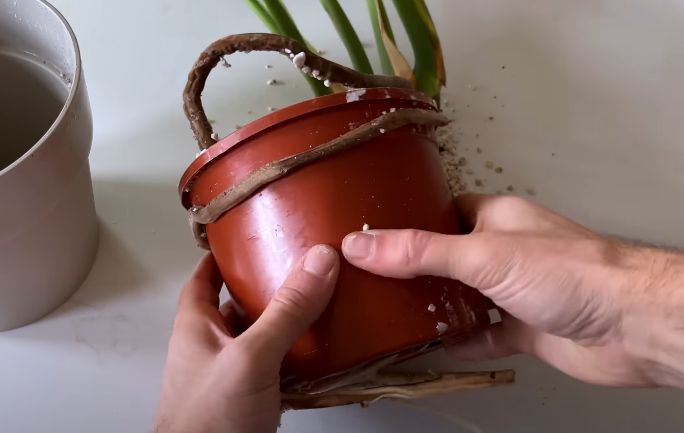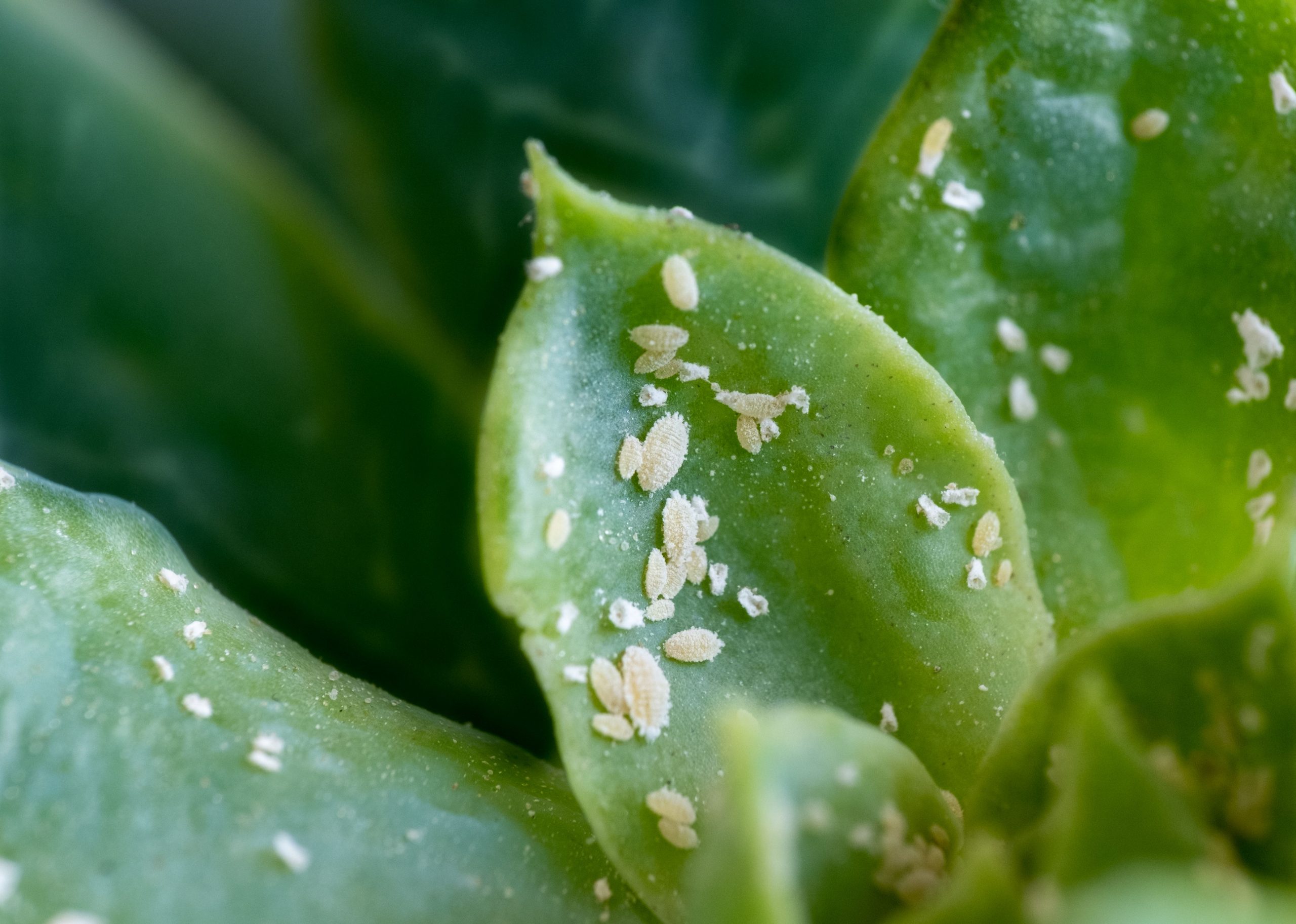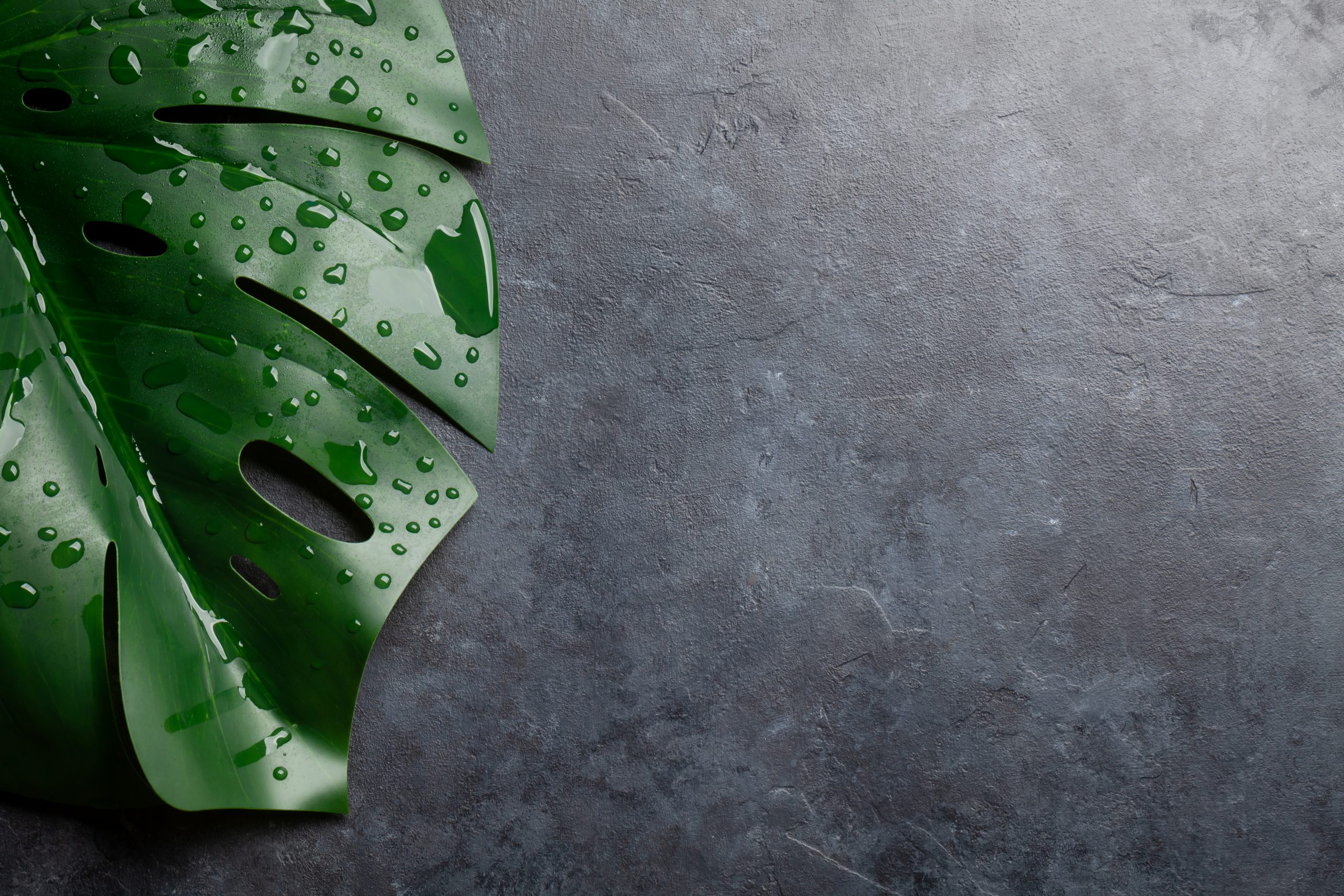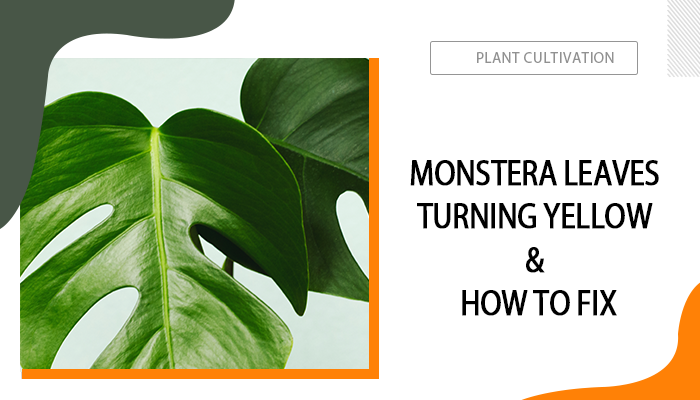Why Monstera Leaves Turning Yellow
The vibrant, lush green of monstera leaves is definitely a sign you wish for. However, the sudden shift to a yellow hue can trigger the alarm, sending you on a search for answers. Why are my Monstera leaves turning yellow? Drawing upon deep-rooted expertise in plant leaves turning yellow, we'll dive into the common causes for monstera plant leaves turning yellow in this post. Plus, you’ll also find working remedies to fix yellow Monstera leaves.
Table of Contents
Root Bound
To determine whether your Monstera plant is experiencing heavy root bound, there are two primary methods. Firstly, do a firm, yet careful grip on the container. Should you feel Monsetra roots densely packed and confined within a specific section of the pot, the plant is probably experiencing root bound. Secondly, a more direct approach is to delicately remove the plant from its pot so you can visually inspect the root system. In severe conditions, you can even see roots outgrow the pot.

screenshot from Sheffield Made Plants
When a Monstera plant becomes root-bound, it means its roots have limited space to grow, obviously. What’s worse, this often leads to poor water and nutrient uptake, causing the leaves to turn yellow as the plant struggles to sustain itself.
How to Fix:
To your disappointment, it’s not likely to cure yellowing Monstera leaves or bring them back to green. However, there are some practices you can do to improve the root bound situation for your Monstera plants, just in case of worse consequences.
- Repot: Transplant your Monstera into a larger pot with fresh, well-draining soil to provide more space for root growth.
- Trim roots: If the root ball is too tight, you can gently prune some of the congested roots to encourage healthy growth.
After repotting or pruning the plant, give it time to adjust and heal. Then you can monitor if the leaves are still turning yellow.
Pests
Spider mites, mealybugs, aphids, and other garden pests can easily come after your Monstera plants. When Monstera plants are infested with these pests, they can damage the leaves by sucking out the plant's juices and taking away all moisture. Therefore, the affected leaves start to turn yellow. Additionally, pests may introduce diseases that further contribute to leaves curling up or down.
Luckily, it’s quite easy to spot pests on plants, if there are any. Some of them even look like white spots on plant leaves.

How to Fix:
When dealing with pest infection on Monstera plants, all you care about is isolation, not just the plant but also infected leaves. As soon as you notice any signs of pests like webbing, tiny insects, or sticky residue on leaves, isolate the plant to prevent the infestation from spreading. Moreover, remove the affected leaves whenever necessary. For serious pest infection, you might want to treat it with neem oil or insecticidal soap.
Overwatering
Overwatering is a common cause that can lead to root rot, a condition where the roots of the Monstera plant decay due to excessive moisture. And it’s also the major culprit of plant leaves of all kinds turning yellow. When the roots are compromised, they can't supply enough water and nutrients to the leaves, resulting in yellowing leaves.
How to Fix:
Besides using a well-draining potting mix, it's crucial to let the top inch or so of the soil dry out whenever you feel like watering your Monstera again. For already drowned Monstera plants, you can first try to leave them completely dried out and trim those yellow leaves. If it takes longer than you expect to discharge the excessive moisture, repotting might be the way.
Insufficient Watering
On the flip side, if you consistently underwater your Monstera, it may suffer from drought stress. This can also cause yellowing leaves as the plant lacks the necessary moisture to thrive.
How to Fix:
First things first, you should establish a watering schedule, not only for Monstera but all home-grown plants. As a general rule of thumb, you might need to water your Monstera every 1-2 weeks, but always rely on the soil moisture - water your Monstera when the top inch of soil feels dry to the touch.
For a detailed guide on watering monster plants, check here.

In extremely dry regions, occasionally misting the leaves with a plant humidifier can help maintain moisture levels.
Too Much Sun
Monstera plants, like most indoor plants, prefer bright, indirect light. If they are exposed to too much sunlight, say, over 4-6 hours of direct sun, especially during the hottest part of the day, their leaves can get sunburned, leading to yellowing and brown spots. Additionally, the heat that sunlight brings can also do harm to your Monsteras.
How to Fix:
You can manually adjust the plant's location to provide the right amount of light for optimal growth. For example, move the Monstera plants from the south or west-facing window to shaded areas when you feel the sun is burning your plants. Curtains or blinds are also helpful to filter the light.
A more effortless and effective way to avoid either excessive or insufficient sunlight is to apply plant grow lights. One popular option for indoor Monstera growing is the Spider Farmer SF1000 EVO LED grow light. This cutting-edge lighting system has gained recognition for its ability to provide the perfect balance of light for your plants, ensuring healthy growth and abundant flowering yields.

Too Much Fertilizer
Excessive fertilization of your Monstera can lead to imbalances in essential nutrients and salt buildup in the soil. This can be detrimental to the plant's root system, resulting in the yellowing of its leaves. For example, overly generous applications of specific nutrients, notably nitrogen (N), can disrupt the delicate equilibrium within the soil.
How to Fix:
If you suspect over-fertilization, thoroughly water your Monstera to flush out excess salts from the soil and allow water to drain freely from the pot. Meanwhile, to properly fertilize Monstera plants, you should select a balanced, water-soluble fertilizer formulated for houseplants. A typical NPK ratio for Monsteras is 20-20-20, which means it contains equal parts of nitrogen, phosphorus, and potassium.
Read also: Cal Mag Deficiency in Vegging & Flowering
Natural Aging
How long has the Monstera plant been alive? According to Monstera enthusiasts on the forum, Monstera leaves turning yellow due to natural aging is a common and normal process in the life cycle of the plant. This includes their leaves, which grow, mature, age, and eventually die. The oldest leaves, usually those at the bottom of the plant, are the first to go through this cycle when the plant turns 3 years old or more.
Conclusion
In conclusion, Monstera leaves turning yellow can be attributed to a variety of factors, each requiring a distinct approach to resolution. From root bound issues to natural aging, the causes are diverse. The key to maintaining the health and vibrant color of Monstera leaves lies in understanding these causes and implementing the appropriate solutions. Regular observation and care, such as appropriate repotting, pest control, balanced watering, and proper exposure to light and fertilizer, are essential.
FAQs about Monstera Leaves Turning Yellow
- Should I cut off yellowing Monstera leaves?
Yes, saving the yellowing leaves from your Monstera won’t do you any good. These leaves are often beyond recovery and removing them helps the plant redirect its energy to healthier growth. By getting rid of them, you can at least protect the rest green foliage.
- Will yellow Monstera leaves turn green again?
Once a Monstera leaf turns yellow, it's unlikely to turn green again. Yellowing is typically a sign of stress or aging, and in both cases, the leaf's ability to photosynthesize is compromised. It's best to focus on the health of the remaining green leaves and cut off the yellow ones.
- What does an overwatered Monstera look like?
An overwatered Monstera often has yellowing leaves, particularly at the base of the plant. The leaves may also appear limp, wilted, or swollen. In severe cases, you might notice a musty smell indicating root rot, and the soil will feel soggy. If you suspect overwatering, check the roots – healthy roots are firm and white, while overwatered roots are often brown or black and mushy.
Read more: How to Propagate Monstera in Water




